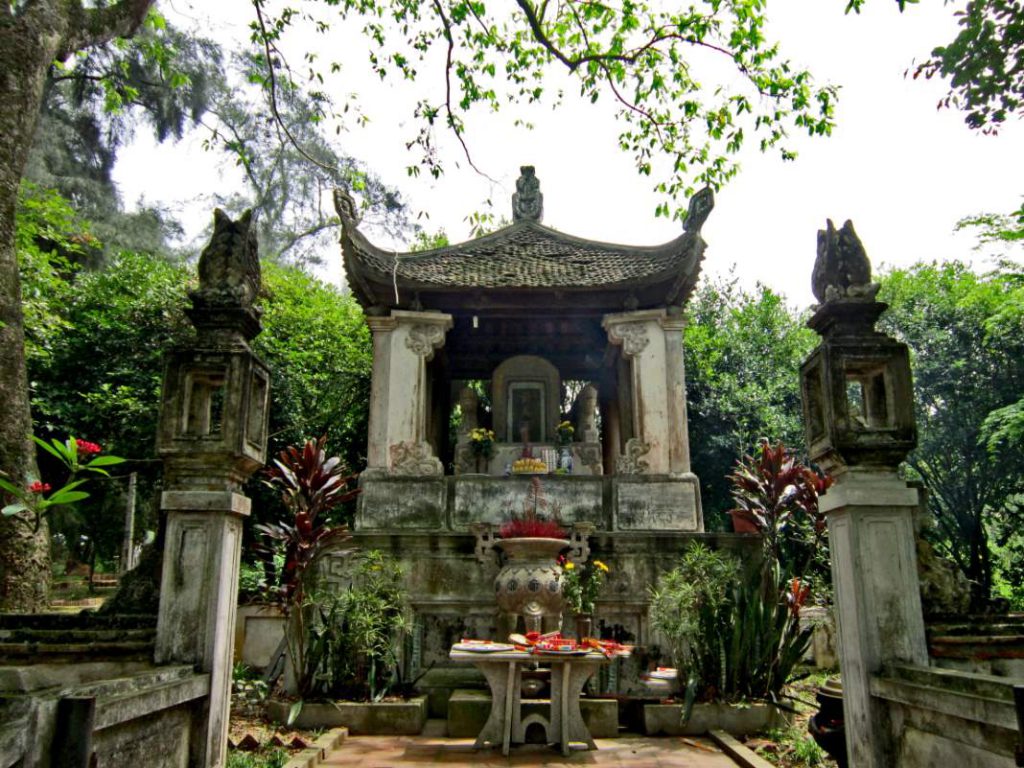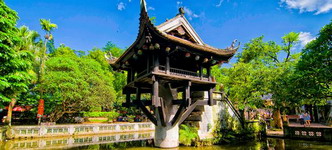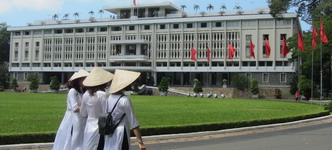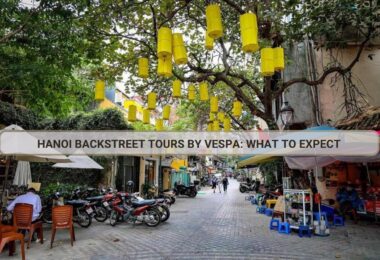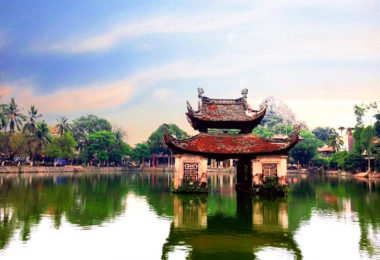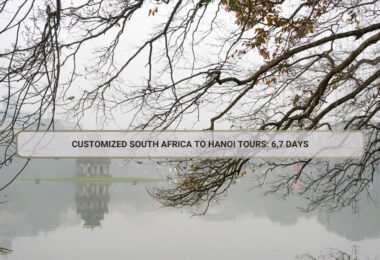Overview:
The Temple of Phung Hung (Father Cai Dai Vuong) was established in many places in Vietnam, but the temple in Duong Lam (Son Tay town, Hanoi) has the largest scale, and the most unique architecture and contains has the most historical and cultural values.
Location:
Located more than 50km from Hanoi, Duong Lam Ancient Village is a famous tourist destination in Hanoi. This is the first ancient village in Vietnam to be awarded the National Historical and Cultural Relic by the State in 2006.
History & Religion:
In addition, this is also the land of “the genius of the people", the only place “one hamlet, two kings" – the birthplace of King Phung Hung and King Ngo Quyen, so this place is also associated with historical and cultural relics. Confucianism makes every visitor want to visit once.
Phung Hung was the leader of the uprising in April of the year of the New Year (791) against the harsh domination of the Tang Dynasty.
He was the commander-in-chief and divided the army into 5 prongs, led by Generals Phung Hai, Phung Dinh, Do Anh Han, and Bo Ba Can to attack and besiege Tong Binh Citadel (present-day Hanoi).
Emperor Cao Chinh Binh and 40,000 troops tried to resist, but after 7 days, they were severely defeated. The enemy’s army suffered losses, and Cao Chinh Binh got sick from fear and died.
After capturing the citadel, Phung Hung reorganized his rule and built lasting autonomy. He considered politics for 7 years and then passed away.
Phung Hung temple was established in many places, of which in Duong Lam the temple has the largest scale but the date of construction is unknown.
Architecture:
With the architectural and artistic features of an ancient Vietnamese village in the Red River Delta, it can be said that Duong Lam’s ancient village is second only to Hoi An and Hanoi in terms of scale and value. Art makes this place a tourist highlight of Hanoi.
Event:
On the 8th day of the first lunar month every year, the Duong Lam people and their descendants of Phung, tourists from all over the world gather here to pay their respects to him.
Tours:



























